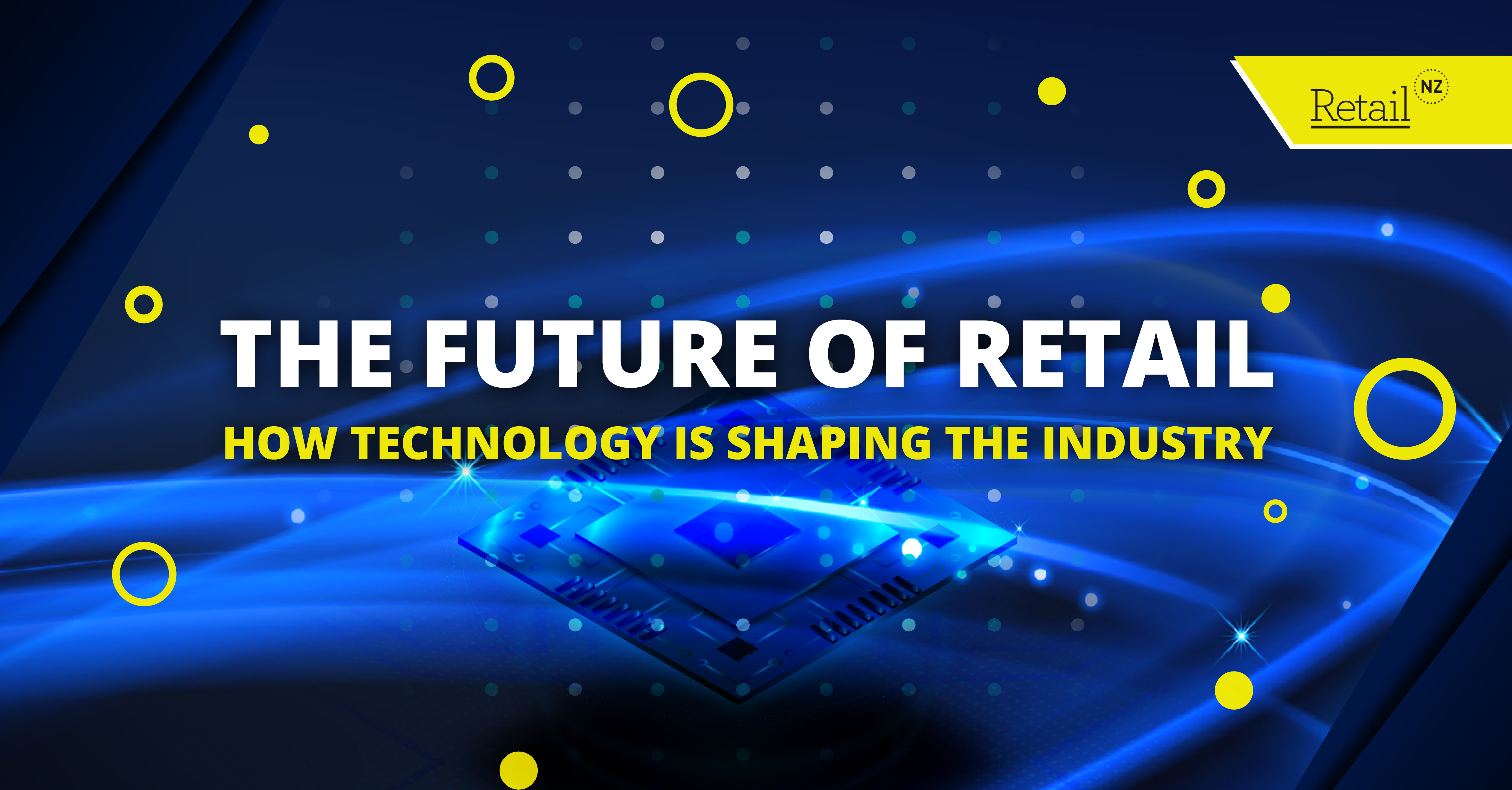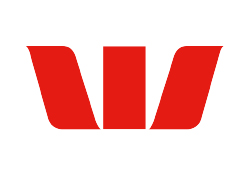The future of retail: How technology is shaping the industry
The retail industry has experienced significant change over the years. Whether it’s embracing the latest payment technologies or using artificial intelligence (AI) as part of their day-to-day, retailers need to keep pace with these tech trends to stay ahead of the curve.
Technology will help businesses, especially small and medium ones, gain an advantage over their competitors while increasing customer satisfaction and retention.
Here at Retail NZ, we pride ourselves on helping retailers throughout New Zealand thrive. So today, we’re going to cover some of the different ways technology is shaping the retail industry.
Hybrid customer journeys
As more and more businesses go online, it empowers customers to shop on their own terms, regardless of their location or time of day. But at the same time, there are some customers who enjoy physical retail spaces.
Retailers can effectively use the best of both worlds to satisfy their customer’s needs, while providing exceptional customer service.
As an example of creating a hybrid customer journey, you can incorporate booking systems to give your customers more flexibility to collect their purchases from your store.
Should you go down this path, it’s important that your messaging across your online and physical stores are consistent, if not the same. This ensures that, no matter how your customer engages with your store, they understand what they’re getting, how they’re getting it and who you are as a business.
Metaverse and virtual reality (VR)
The Metaverse, and virtual reality (VR) as a whole, is becoming a game-changer for many in the retail landscape. Though customers are forgoing their sense when entering the Metaverse for their shopping, there are ways retailers can use VR technology to create memorable and immersive shopping experiences.
When retailers use the Metaverse as an additional marketing or shopping platform, they’re allowing customers to directly engage with their brand in a unique way – all from the comfort of their home!
As an example, retailers can create an immersive game that customers can play with a practical reward – such as a discount or free shipping. This encourages customers to directly engage with your game, and thus your brand, all the while winning an award that they can put to good use.
Though retailers must treat Metaverse with caution, as being in a virtual space means that customers don’t have access to their senses – a key feature that retailers use to persuade customers to buy their product.
Retailers should create visually appealing environments to grab customers’ attention. But they shouldn’t stop at sight alone, and use audio to complement the visuals that are there.
Process automation
Automating day-to-day retail processes is slowly becoming the norm for retailers across the globe. And with the vast array of automation programs available, retailers are spoiled for choice when it comes to streamlining their overall processes.
Using these programs and softwares, retailers can remove the manual labour from the processes that can slow them down, refocusing their time and energy on the things that matter most.
For instance, retailers can use automation to make their returns processes as simple as possible. This, in turn, can lead to increased customer satisfaction and allows retailers to focus on other areas of their business.
Another great example of automation is inventory management – by using a robust and reliable inventory management software, retailers will have fewer stock errors and have more visibility of their stock levels.







